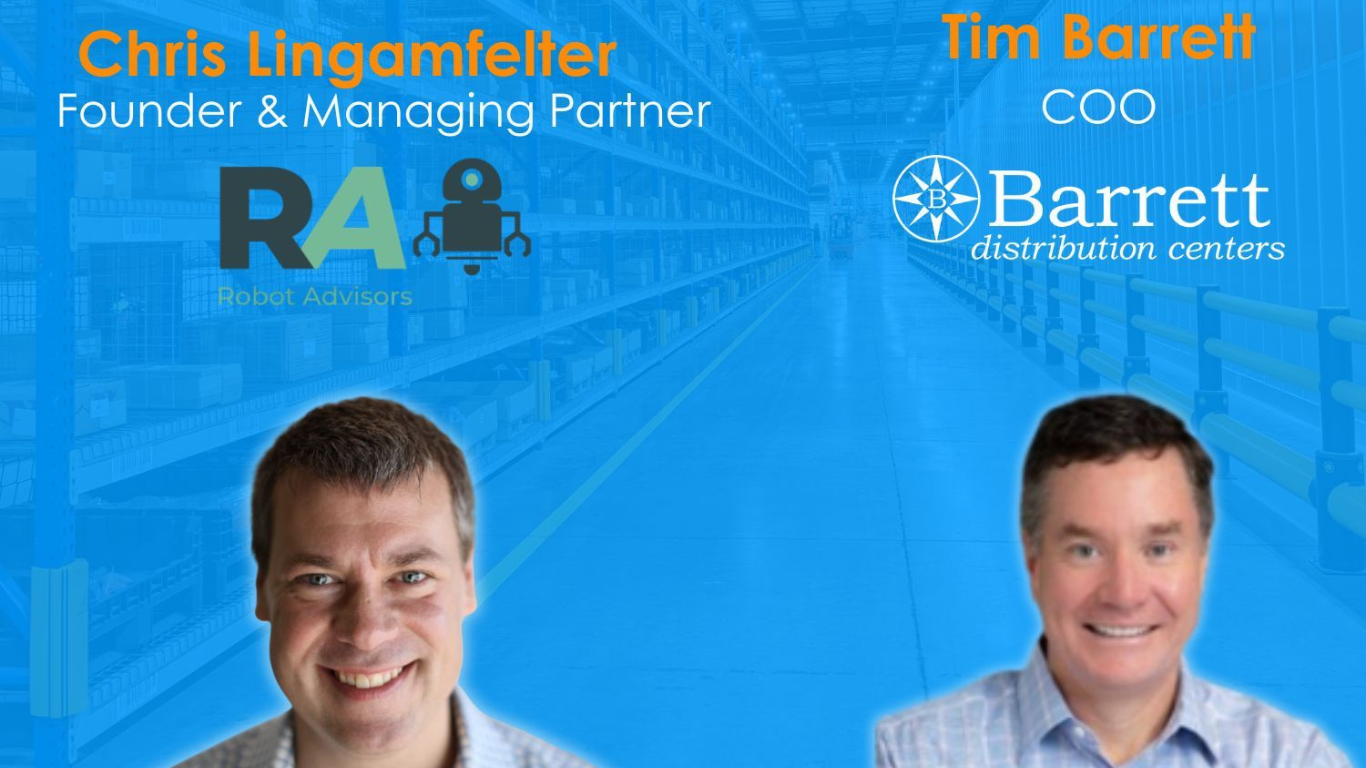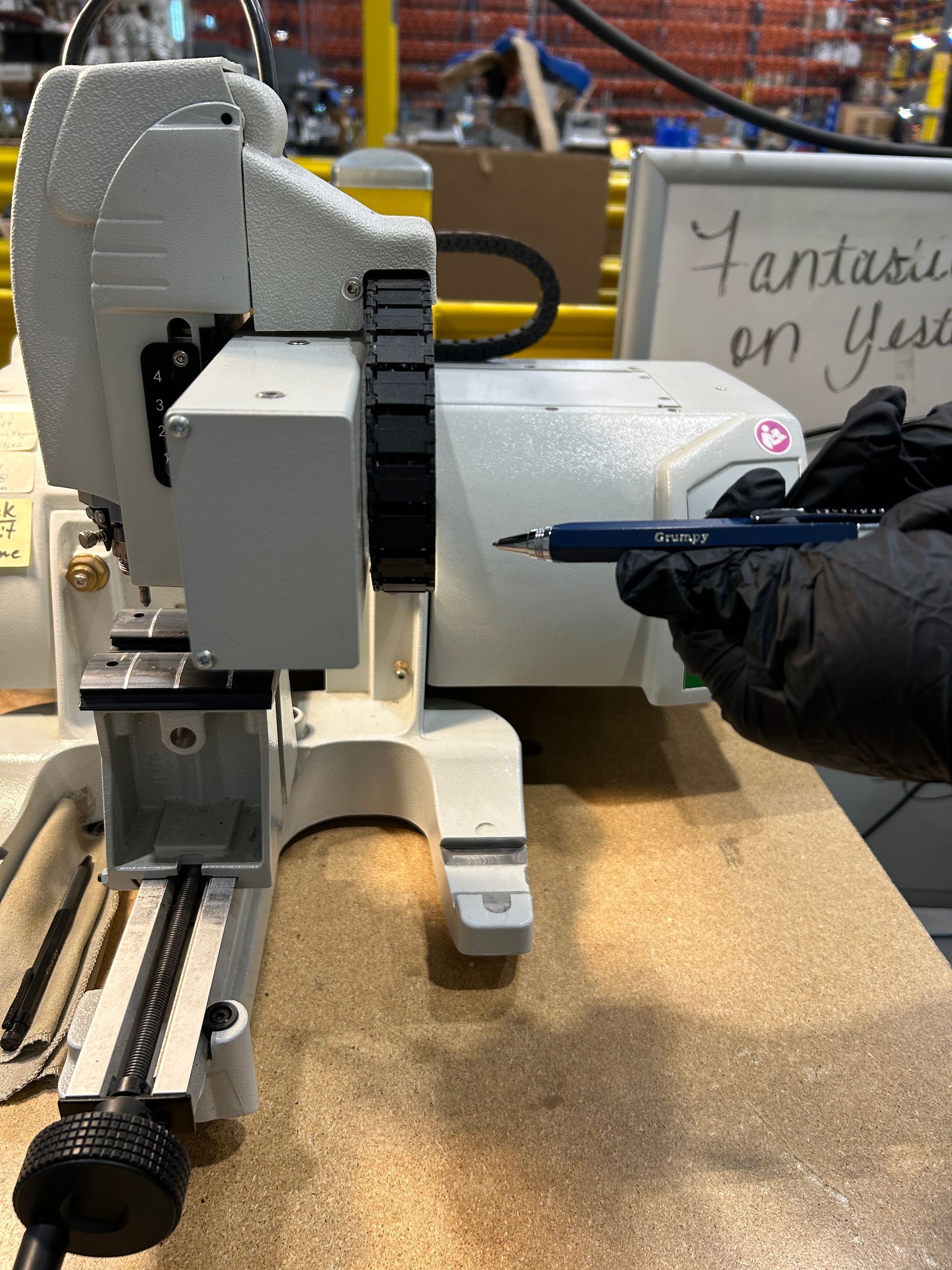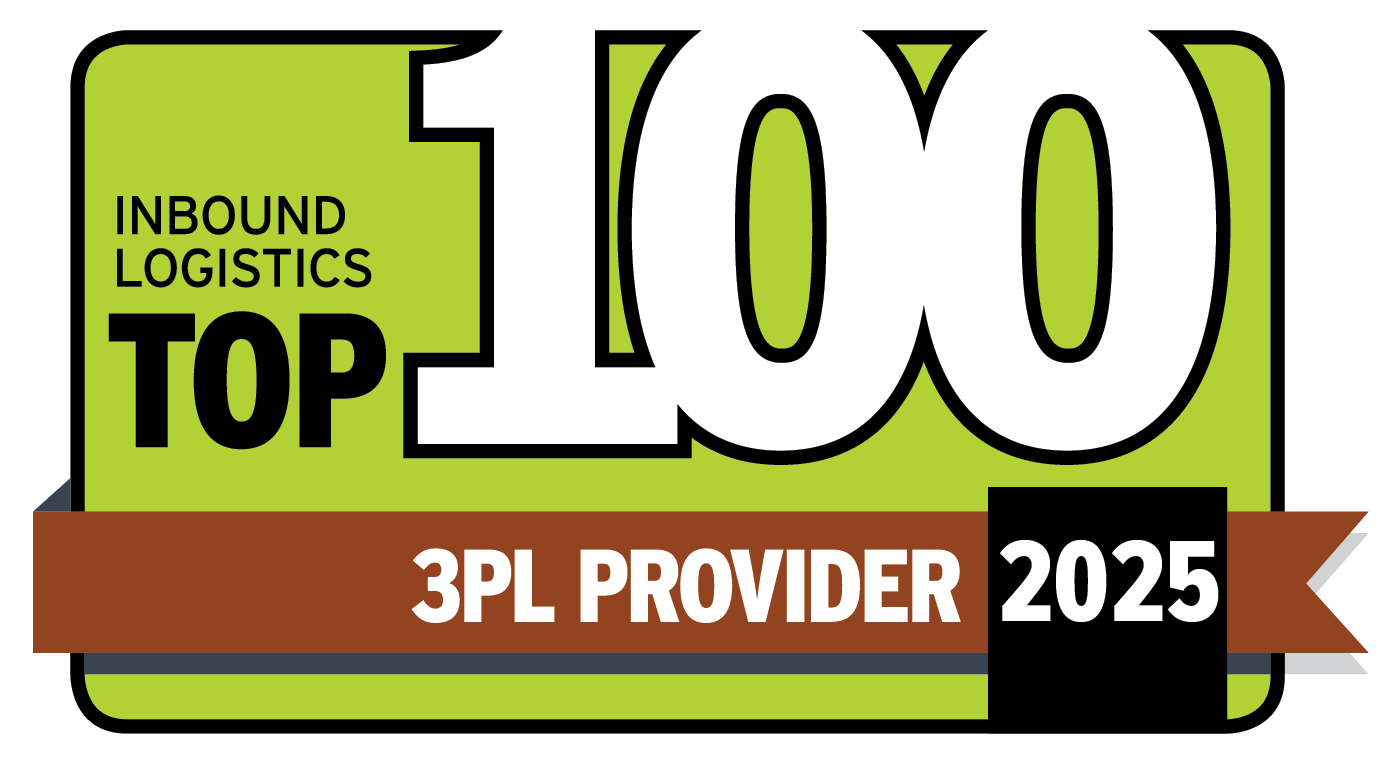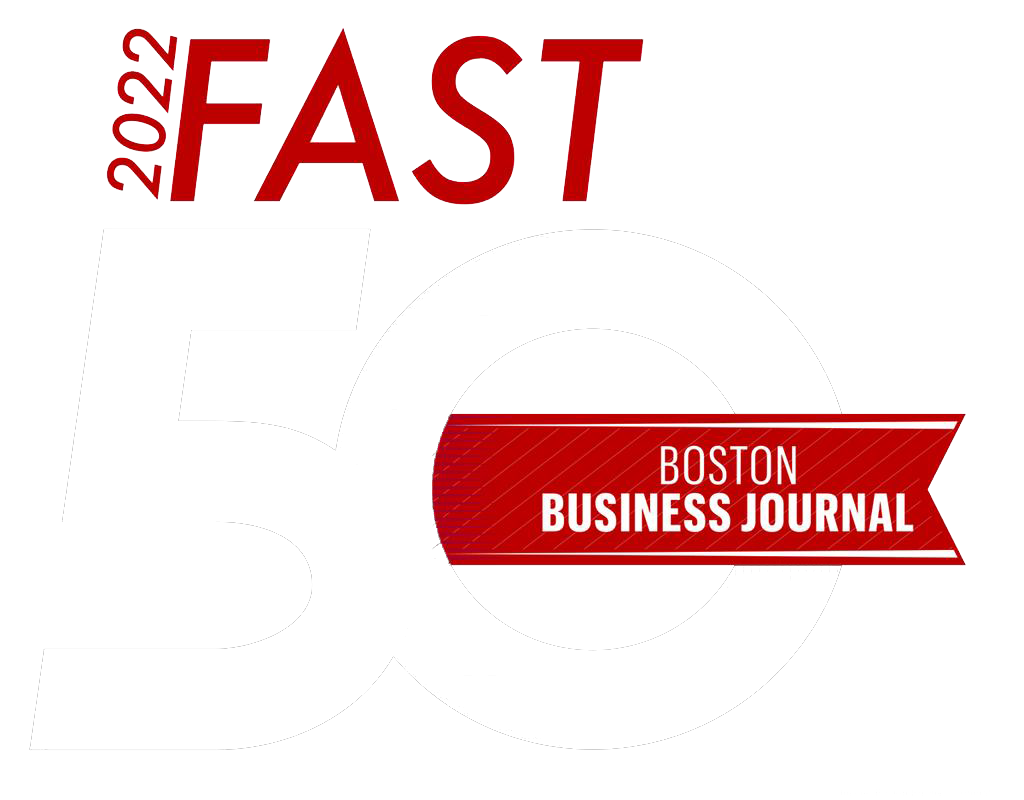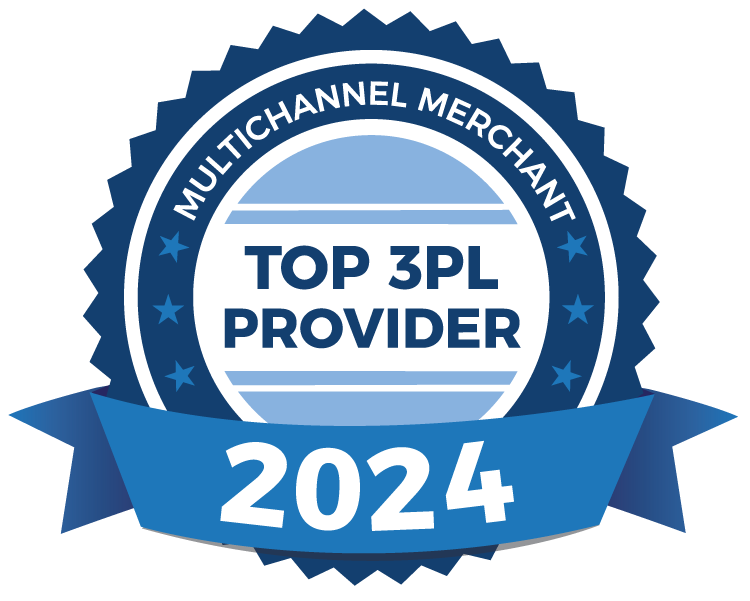3PL Technology Assessment: 4 Key Areas of Evaluation
In an effort to keep up with industry and consumer demand, 67% of logistics executives intend to increase their IT investment in 2014, according to a joint survey conducted by EFT and HP. The number one reason for the investment in technology is to make operations quicker and more efficient. In the Eyefortransport North American 3PL Market Report, they found that 92% of US third party logistics providers saw better IT solutions as a key to new growth opportunities. There is no denying the role that technology is playing as a catalyst for industries and markets across the board. This is why it is critical that companies find a 3PL partner that embraces the opportunity to drive profits through technology, competency, and initiatives. When considering a 3PL company, make sure they are in the aforementioned 67% of companies that will be investing in IT for 2014. Additionally, we have listed four key areas to consider when evaluating a 3PL’s technological performance:
- Efficiently on-board new customers: When you make the decision to partner with a 3PL, the ability to get on-line and begin operations quickly will be an important factor. A key element in a 3PL warehouse management system is having the technology to rapidly on-board clients, so it is easy to configure the required data elements. Investing in a 3PL who has the technology to rapidly and efficiently on-board your business is crucial.
- Process Change & Improvements: As your business changes and the capabilities of technology evolve, so should your 3PL. If there is a better and faster way of doing things, you should have that option when it comes to your supply chain. In your 3PL search, it is crucial to find a company that is investing in technology solutions equipped with an adaptable architecture. When things change (and they will), the technology of your 3PL partner will have the flexibility to modify, adapt, and execute quickly.
- Visibility: As you surrender a critical aspect of your business operations to a third party entity, visibility can be a priceless element. With remote access and dashboards that provide timely, relevant, and accurate information, decisions and evaluations can be made as needed. The result of this increased collaboration and visibility is improved efficiencies, enhanced customer service, and accelerated revenue flow.
- Merged Information: Having customer ERP applications work directly with a 3PL’s WMS offers significant benefits in terms of on-boarding time, IT investments, and higher accuracy. Without any extensive IT work required, users see information from both systems on a single screen. With access to both systems on a single screen, this technological element can pay dividends for your 3PL relationship, as well as your bottom line.
When evaluating a 3PL as a potential partner, you should perform a rigorous technology assessment. If the 3PL is interested in your business, it will be more than willing to provide you with any information necessary regarding its investment in technology. Barrett Distribution designs, builds and implements 3PL supply chain solutions that align to customer goals and requirements. Our approach leverages people, process and technology to optimize flexibility, scalability, control, and customer satisfaction.
Recent Blog Posts
